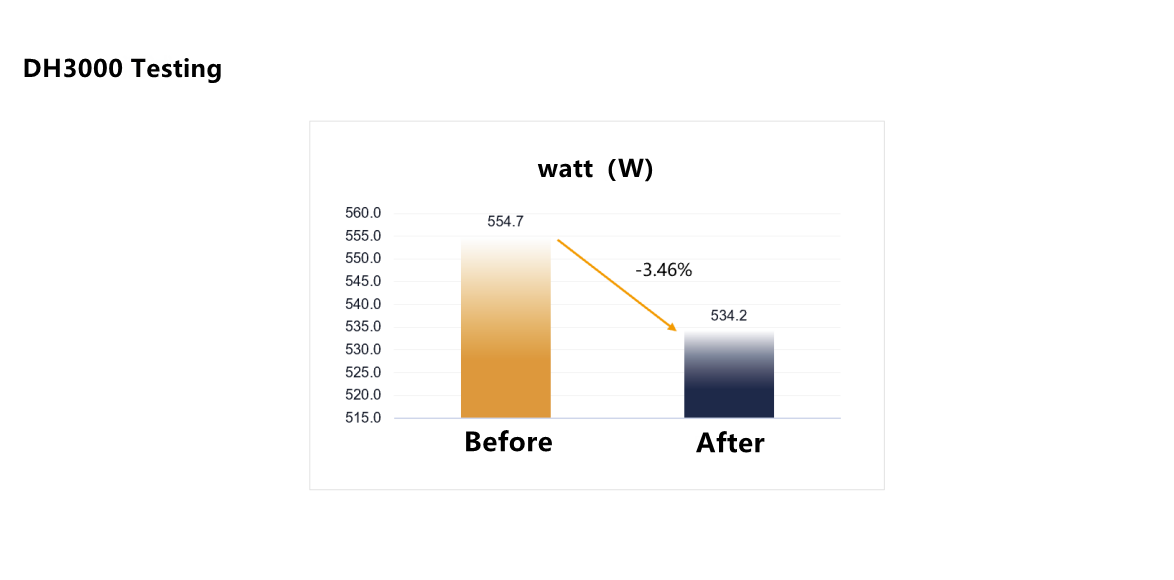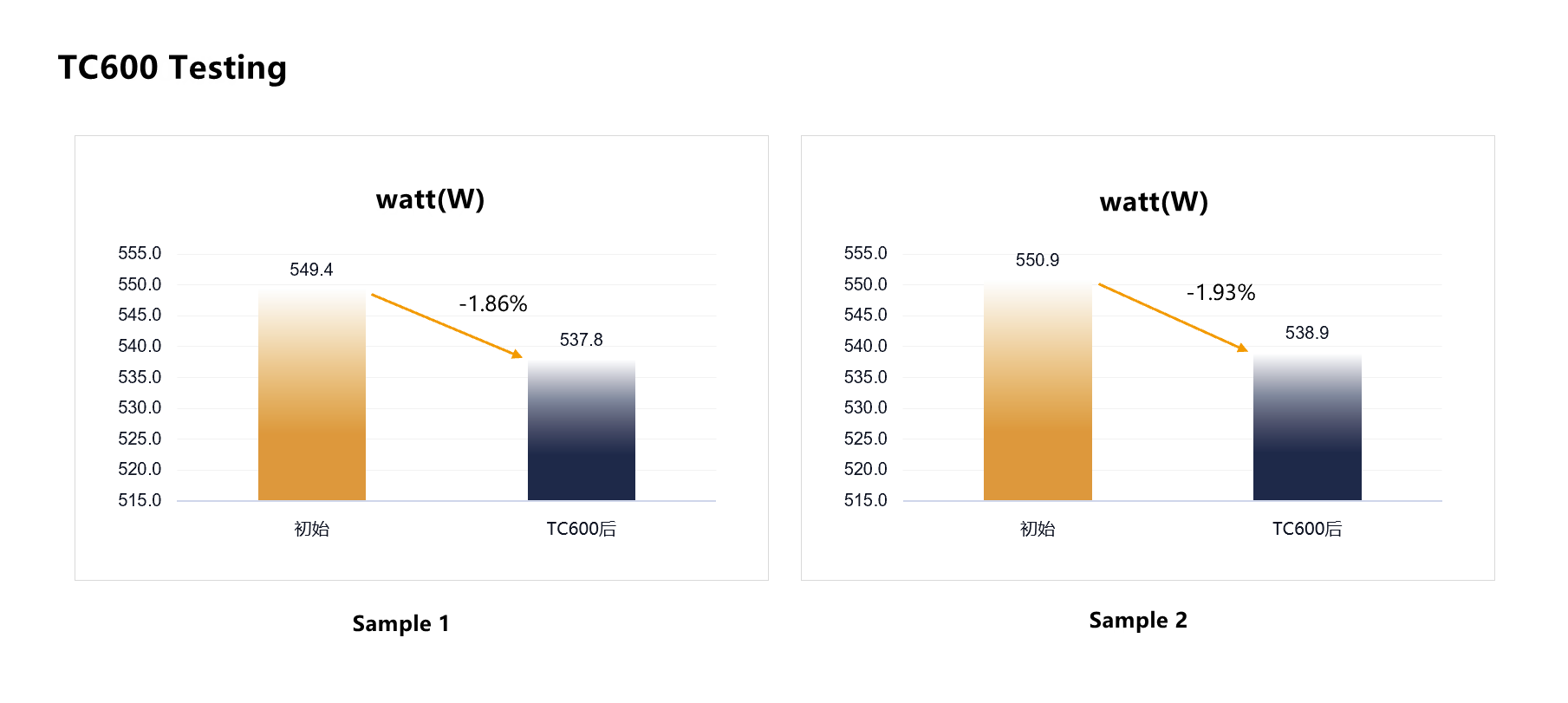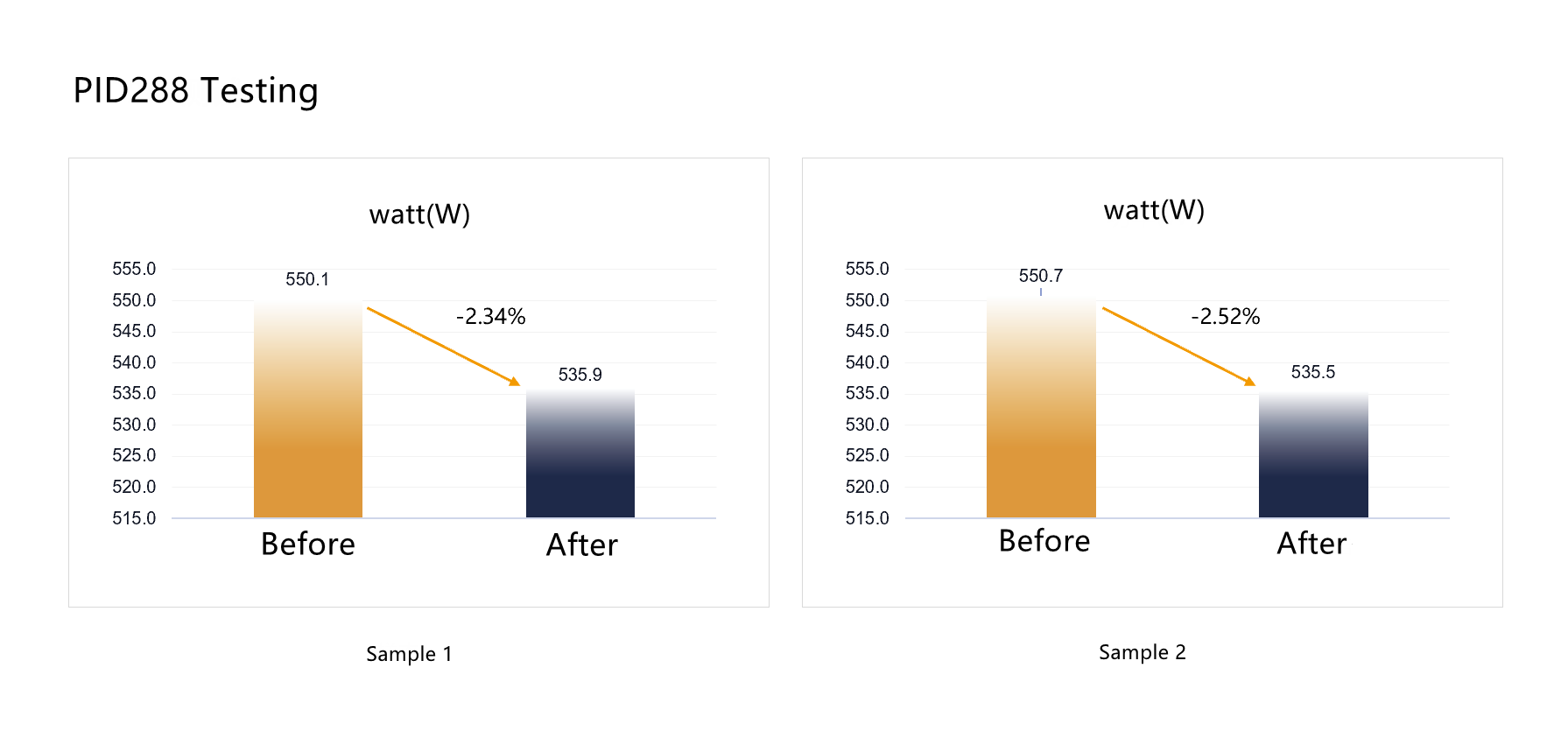Why is POE the most reliable encapsulation film for N-type products?
2023-11-09
In response to the increasing demand for clean energy, the photovoltaic industry has evolved continuously. As a result of its exceptional performance and high efficiency, N-type TOPCon technology has become the primary choice in PV field. It is important to select an encapsulation film for N-type modules. For N-Type TOPCon module encapsulation, dual POE films are the best choice based on the triple IEC standard reliability test results.
The encapsulation film for N-type modules is crucial to ensuring the performance and longevity of solar cells. The dual POE film is a specialized encapsulation material with several remarkable properties, which has made it widely used in N-type modules. Weather resistance, outstanding insulation properties, high-temperature stability, and ultraviolet radiation resistance are among its outstanding features.
The reputable third-party organization, TÜV SÜD, conducted rigorous reliability testing on N-type modules following triple IEC standards to ensure their quality and stability, which included DH (damp heat) tests, TC (thermal cycling) tests, and PID (potential-induced degradation) tests. In the DH test, the modules were exposed to 85±2℃ and 85±5% relative humidity for a continuous duration of 3000 hours. The modules were then subjected to appearance inspection, maximum power testing, insulation testing, and wet leakage current testing after a 2-4 hour recovery period under conditions of 23±5℃ and no more than 75% relative humidity. The results indicate that there were no instances of current interruption during the testing process, no significant appearance defects, and the power degradation of the maximum output after the sequence testing did not exceed 5% of the pre-test values and performed well in terms of insulation properties.
The power degradation following triple IEC testing of N-type modules using dual POE film was only 3.46% after DH3000 testing.

During TC testing, the modules were exposed to 600-hour cycles between -40°C ±2℃ and +85°±2℃, followed by a recovery test at 23°C ±5℃ and no more than 75% relative humidity. A power degradation of only -1.86 % and -1.93 % during the testing process, demonstrating excellent performance during the testing process, meeting the IEC triple standard requirements.

In the final phase of the PID testing, the modules underwent a 288-hour test under 85°C and 85% relative humidity, and the results indicated that no significant appearance defects were found. The insulation and humidity leakage tests were satisfied, and the power degradation of the maximum output power met the standards established after the pre-processing tests, with only -2.34%, -2.52%, -1.86%, and -1.79%.


Based on these results, N-type modules with dual POE film exhibit outstanding performance and stability.
In conclusion, dual POE film encapsulation is the primary choice for N-type modules. In addition to providing exceptional cell performance and stability, it also performs exceptionally well in different environments. Combined with dual POE film, N-type TOPCon technology and modules will provide a more reliable and efficient clean energy solution in the future.






 浙公网安备33080302000236
浙公网安备33080302000236